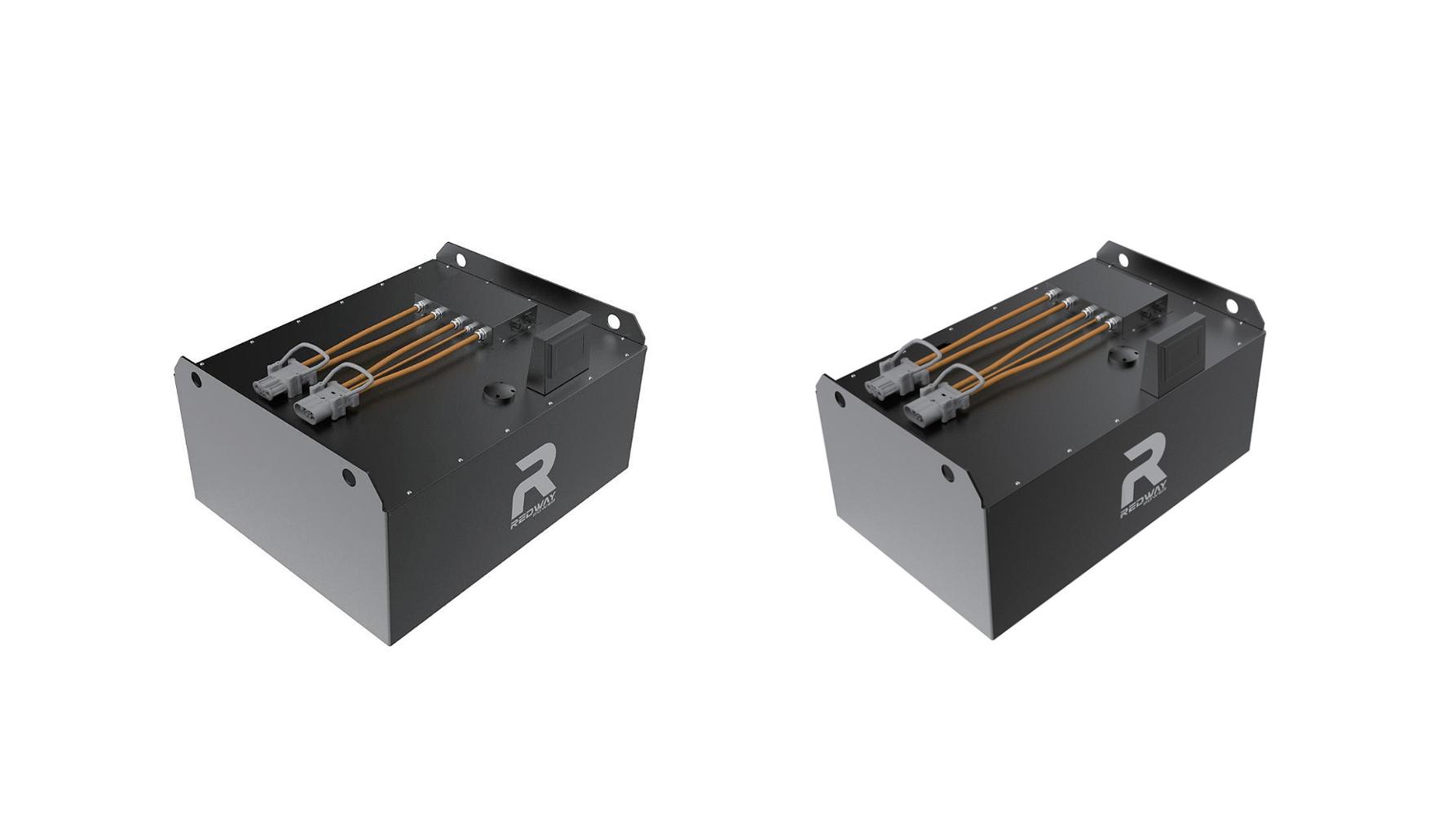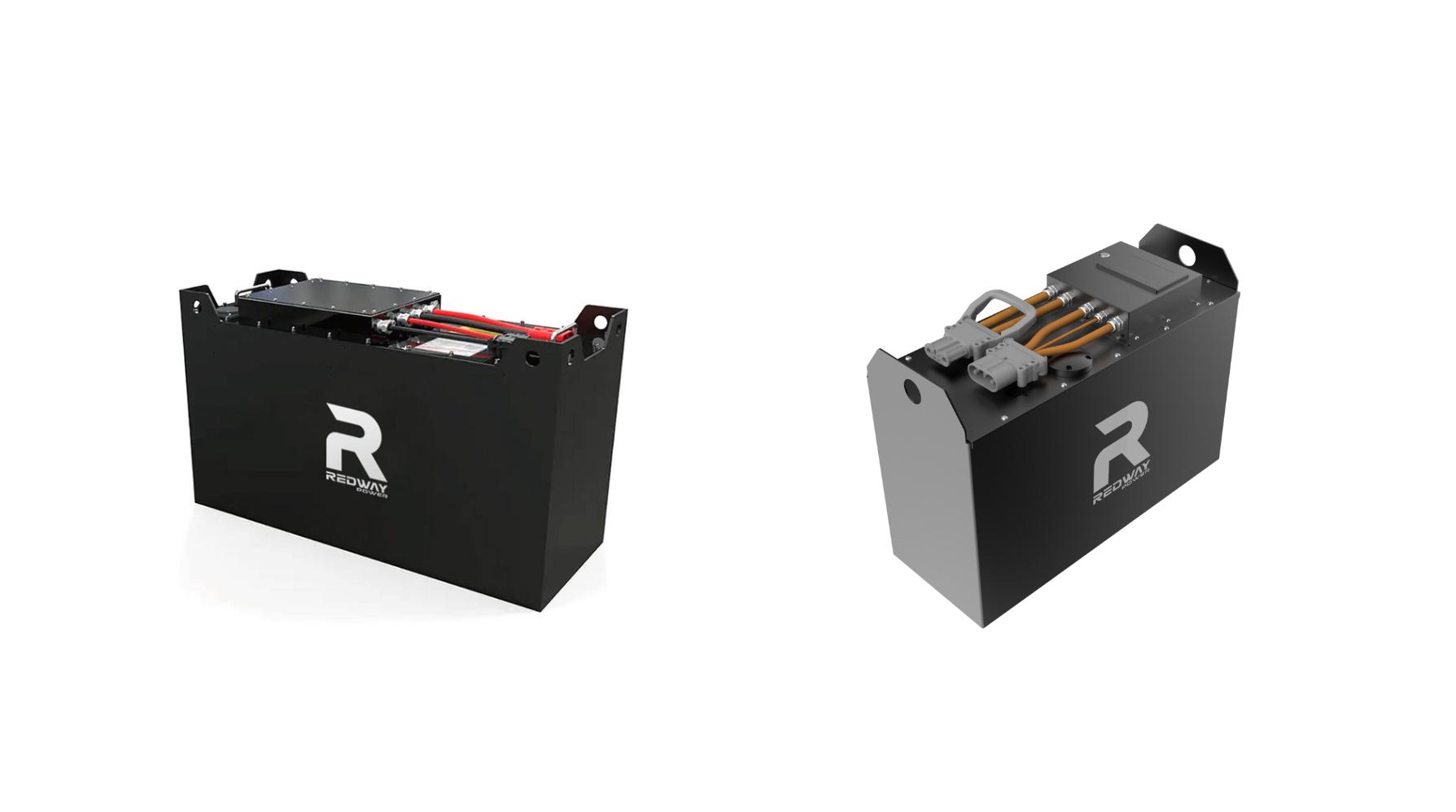How Do APC Rack-Mount Battery Backups Ensure Server Uptime?
APC battery backup rack mount systems provide uninterrupted power to servers during outages, ensuring operational continuity. These units integrate lithium-ion or lead-acid batteries, automatic voltage regulation, and scalable runtime. Designed for data centers, they protect critical infrastructure from surges, sags, and outages while optimizing rack space. Models like the APC Smart-UPS and Symmetra LX offer adaptive features for diverse server loads.
Rack Mounted Lithium Batteries Factory from China
What Are APC Battery Backup Rack Mount Systems and How Do They Work?
APC rack-mount UPS systems deliver backup power via internal batteries, converting DC to AC during outages. They monitor voltage fluctuations, filter electrical noise, and prioritize power to connected devices. Advanced models feature hot-swappable batteries, allowing replacements without downtime. Communication ports (e.g., USB, Ethernet) enable real-time monitoring through software like PowerChute, ensuring seamless failover and load management.
51.2V 100Ah Rack-mounted Lithium LiFePO4 Battery Factory
Which Key Features Define High-Performance APC Rack-Mount UPS Units?
Top APC rack-mount UPS systems include dual lithium-ion battery modules, adaptive runtime scaling, and 99.9% efficiency ratings. Critical features: sine wave output (for sensitive electronics), load segment control, and predictive failure analytics. Units like the Symmetra PX 12kW offer N+1 redundancy, while Smart-UPS Ultra provides 2.7x faster charging. Front-access LCDs and auto-transfer switches enhance usability during emergencies.
High Voltage Energy Storage Battery Rack-mounted System
Why Are APC Rack-Mount Battery Backups Critical for Data Center Reliability?
Data centers require zero-downtime solutions; APC rack-mount UPS systems prevent revenue loss ($5,600/minute average outage cost) and hardware damage. They maintain SLA compliance during brownouts and blackouts. For example, the APC Smart-UPS 2200VA mitigates 96% of power incidents before using battery reserves. Modular designs like the Symmetra LX allow capacity upgrades without overhauling infrastructure.
48V 100Ah Rack-mounted Lithium Battery OEM
Modern data centers face escalating demands for uptime, with financial penalties for downtime exceeding $300,000 per hour in sectors like finance and healthcare. APC’s lithium-ion models reduce battery replacement cycles by 50% compared to traditional VRLA units, minimizing maintenance windows. The Symmetra PX series employs predictive analytics to identify failing components 72 hours in advance, enabling proactive replacements. Redundant power architecture ensures continuous operation even during battery swaps—a critical feature for hyperscale facilities supporting cloud services. Case studies show APC UPS systems reduced unplanned outages by 89% at Tier III colocation centers through real-time load balancing and harmonic filtering.
51.2V 50Ah Rack-mounted Wholesale Lithium Battery
How to Select the Optimal APC Rack-Mount Battery Backup for Your Server Rack?
Calculate total power load (watts) and runtime needs using APC’s Runtime Calculator. Match voltage (120V/208V/240V) to facility specs. For 4U racks, consider 5kW Symmetra PX; for edge computing, 1U Smart-UPS VT 20kVA. Prioritize units with Energy Star certification and ECO mode for 75% cost savings. Validate compatibility with PDU types (e.g., metered, switched) and rack depth (e.g., 29.5” for APC SRT series).
| Model | Power Capacity | Runtime at 50% Load | Rack Units |
|---|---|---|---|
| Smart-UPS 1500VA | 1.35 kW | 15 minutes | 2U |
| Symmetra LX 8kW | 8 kW | 7 minutes | 4U |
| SRT 10kVA | 9 kW | 5 minutes | 3U |
How Does Scalability Differ Among APC Rack-Mount Battery Backup Models?
Entry-level models (e.g., Smart-UPS 1500VA) scale via external battery packs (EBM). Mid-tier Symmetra LX supports 2-8 battery modules in 4U chassis. Enterprise-grade Symmetra PX allows 10kW-160kW expansion via hot-add power and battery trays. Modular architectures reduce TCO by 40% vs. monolithic UPS. Always verify busbar capacity before scaling—overloading causes cascading failures during transfer-to-battery events.
51.2V 100Ah Rack-mounted Lithium LiFePO4 Battery Factory
Scalability requirements vary dramatically between edge computing sites and enterprise data centers. The Smart-UPS X 3000VA supports vertical stacking of up to 4 units for parallel capacity expansion, ideal for micro-data centers. In contrast, the Symmetra PX’s horizontal scaling uses hot-swappable power modules that can be added during live operations—a necessity for 24/7 trading platforms. A 2023 study showed modular UPS systems achieved 99.9995% availability compared to 99.98% for fixed-capacity units. However, administrators must monitor phase balancing when scaling beyond 40kW to prevent neutral current imbalances that degrade efficiency by up to 15%.
High Voltage Energy Storage Battery Rack-mounted System
“APC’s rack-mount UPS systems redefine power resilience. Their lithium-ion adoption cuts battery footprint by 70% while delivering 2x lifecycle—critical for edge data centers. The real game-changer is predictive analytics: by correlating thermal data and load profiles, failures are forecasted 48 hours in advance, slashing unplanned downtime.”
— Senior Power Systems Engineer, Redway Technologies
FAQ
- How long do APC rack-mount UPS batteries last during outages?
- Runtime varies by load—e.g., 10kW load on Symmetra PX 12kW yields 5-7 minutes. Add EBMs for extended coverage.
- Are APC lithium-ion UPS batteries safer than lead-acid?
- Yes. Built-in thermal runaway prevention and flame-retardant casing reduce fire risks by 80%.
- Can I mount APC UPS vertically?
- No. Rack-mount units require horizontal placement in 19” racks to prevent cooling obstructions.
APC battery backup rack mount systems are indispensable for modern IT infrastructure. From mitigating downtime costs to enabling renewable integration, their modular, scalable designs future-proof data centers. Prioritize models with lithium-ion batteries and AI-driven management to stay ahead in the uptime arms race.



